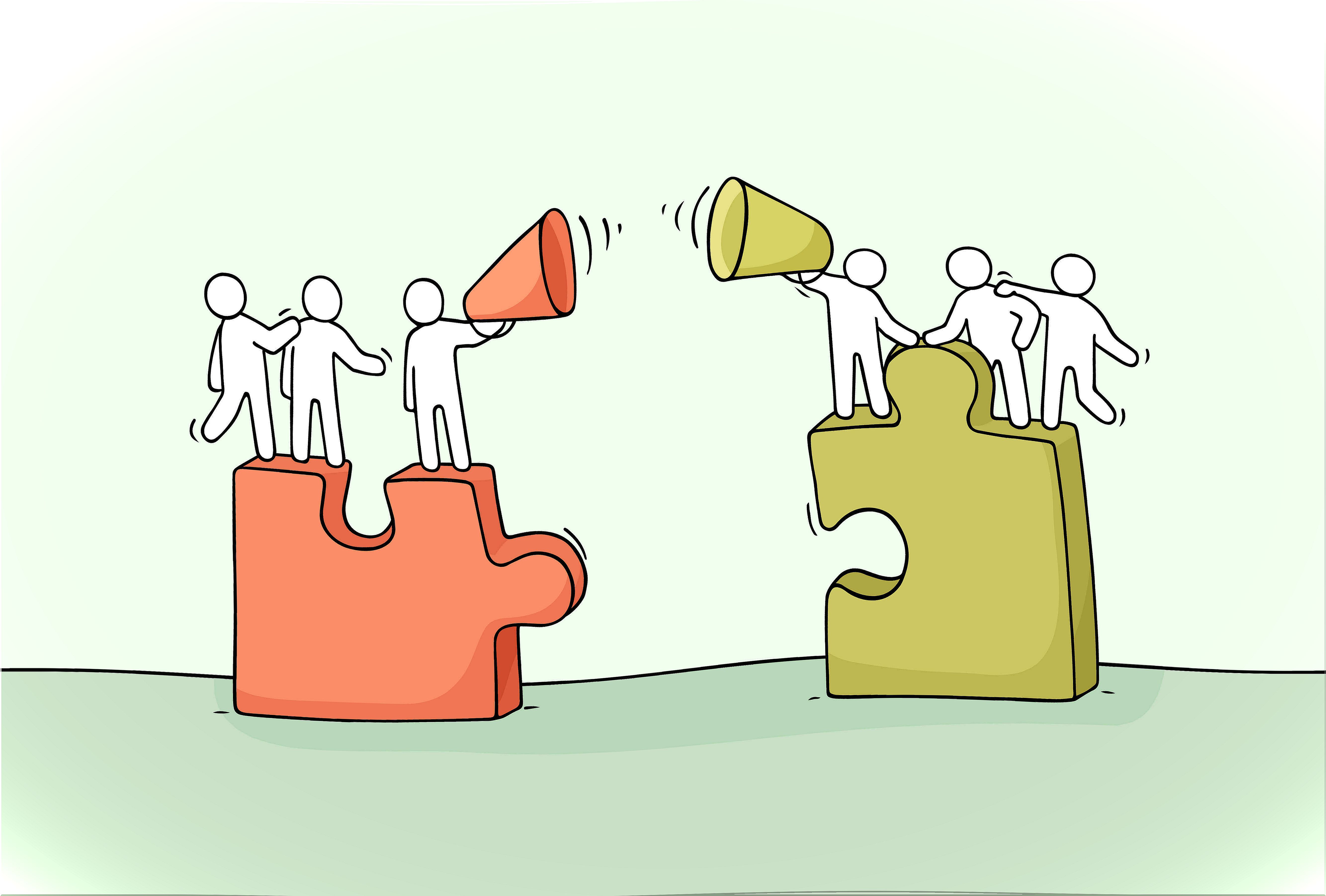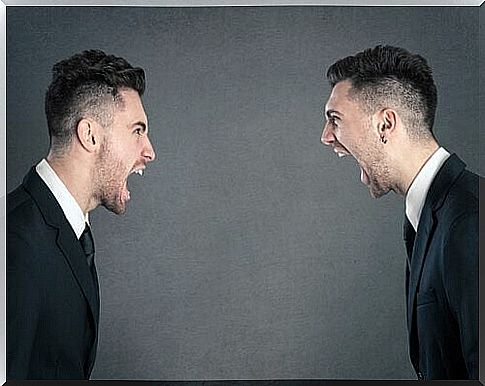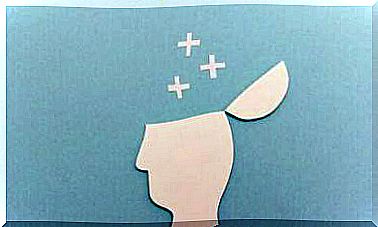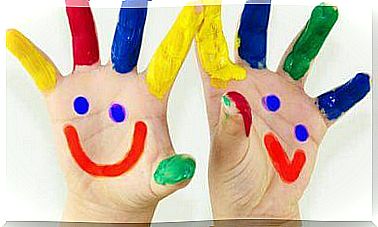The In-group Bias: How Is It Formed And What Does It Consist Of?

According to social psychology, people create categories and divide others according to those categories. In other words, we create groups that can be national, ethnic, religious, gender, preference, work, etc. This means that some people will be in our group while others will not, which will lead to an in-group bias.
In-group bias, also called in-group favoritism, can be defined as the tendency on the part of members of a group to favor, benefit or value more members of their group. In other words, it involves benefiting people from the group itself more than those who do not belong to the group.
The in-group bias in the conflict
The in-group bias arises from the study of the relationships between different groups and conflicts. This bias is considered to be a product of conflict between groups, caused, in turn, by different interests between groups or by having incompatible goals. Two groups may have the same goal, but the fact that one of them can achieve it means that the other can no longer achieve it.

An example is found in football. Football fans identify with their team, so they create a category that includes fans from their team but excludes fans from other teams. On the other hand, in football league, the goal is to be the winner, but only one team can win. So if my group is Real Madrid, we will have a conflict with fans of other teams, especially if they pose a threat, because we realize that they have more opportunities than our team to win the league.
The intensity of the conflict can be greater or lesser. This will depend on our involvement with our group and other factors. Regarding the in-group bias, what will change are our attitudes, perceptions, preferences and even behavior. For example, we will see people from other teams as more hostile and worse likes, which will lead us to treat them worse while treating our team’s fans better.
Advances in the study of in-group bias
Further research showed that there was no need for discrepancies in interests or conflicts for in-group bias to emerge. Simply because they belonged to another group, its members were despised. Although members of other groups are not always looked down upon, what always appears is favoritism from the group itself. We will favor our group in both distributing rewards and assigning traits or evaluating their performance.
These new researches also found an explanation for the ingroup bias. Starting from the fact that people are motivated to achieve or maintain a positive self-concept and image, we find that people are defined, in part, by their membership groups. Therefore, if a person wants to get a good image, he must make the images of his groups positive as well, so that people are also motivated to positively evaluate the groups they belong to.

How do you arrive at a positive assessment of the group itself?
The assessments made by the groups are made by comparison. We do not say that our group is good, but that it is better than the other or the best of all. In this way, when we compare our group with others we have won, we will get a positive evaluation and our self-esteem will increase. The bottom line is that we’re going to try to make our group different, better than others. This is called positive ingroup distinction.
On the other hand, in order to produce an in-group bias and change our perceptions, assessments and behaviors as a consequence of the search for positive group distinction, four conditions must be met:
- People must identify with their group and use it to define their image of themselves.
- Comparison with other groups must be made based on a characteristic of the group that is considered important.
- The group with which the comparison is made must be perceived as an important group.
- The actual positions of the compared groups must be subject to some ambiguity.
Finally, belonging to a group has consequences that we are not always aware of. Favoring those we consider members of our group more than members of other groups is one of them. Therefore, knowing these effects of group identification is the first step in managing its impact on us.









